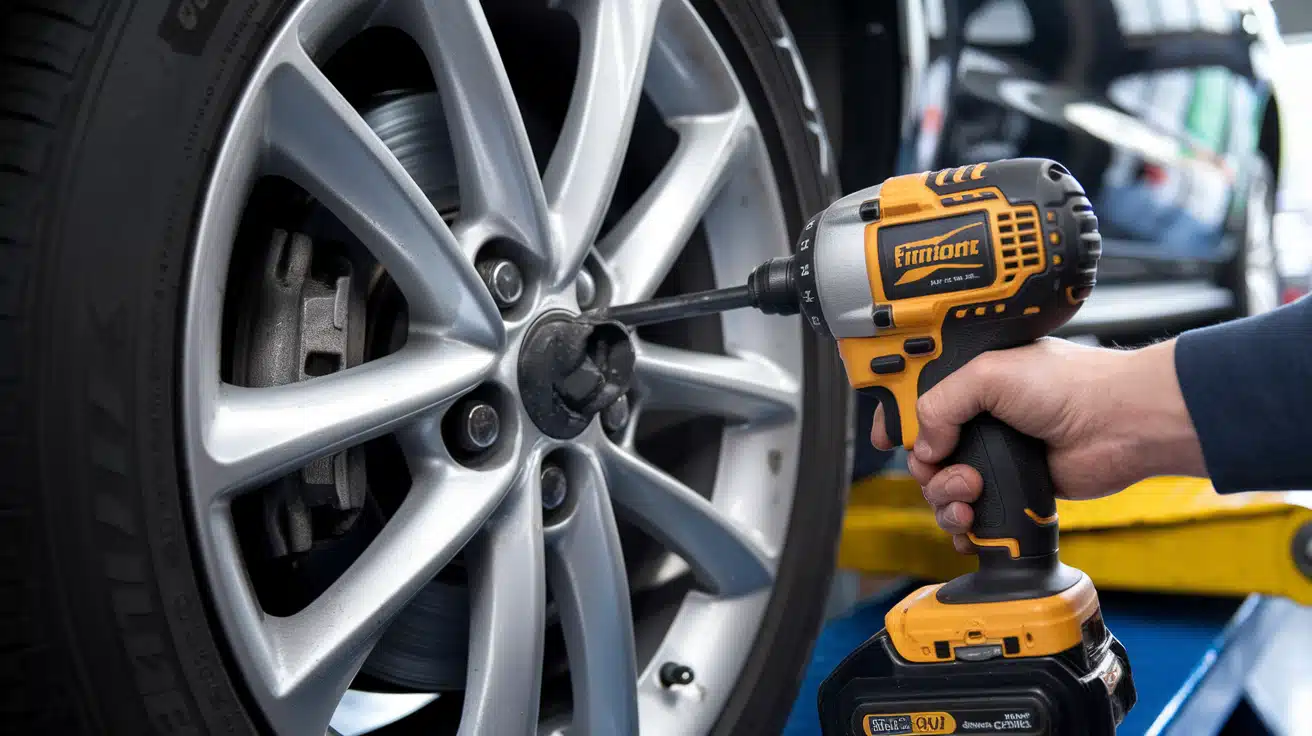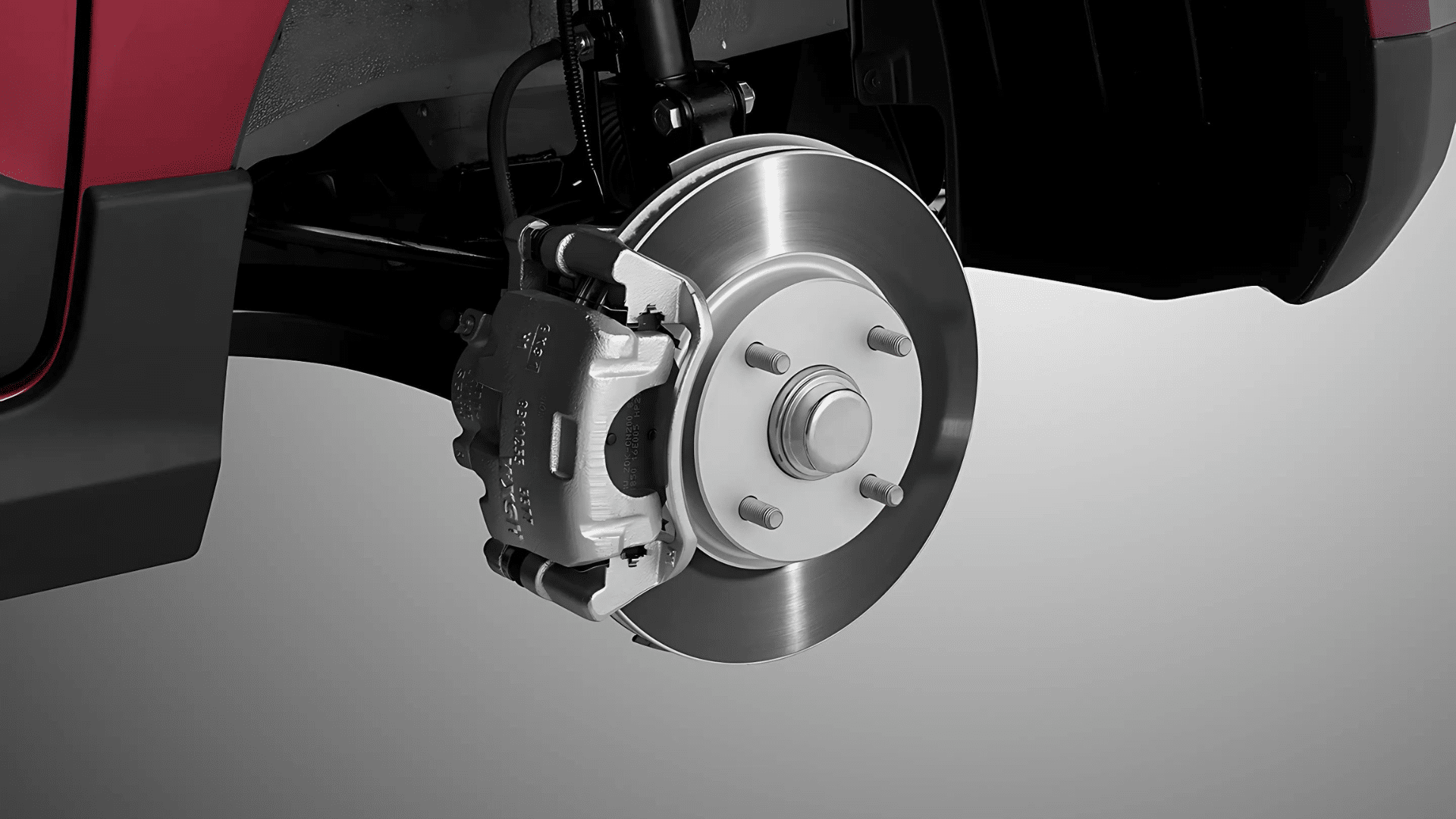Many car owners face the challenge of finding the right vehicle wheels. The 5×115 bolt pattern is a crucial factor that often confuses buyers. Without understanding this key measurement, you might have ill-fitting wheels, compromising safety and performance.
This guide will help you master the 5×115 bolt pattern and other important wheel specifications. You’ll learn to accurately measure bolt patterns, ensuring a perfect fit for your vehicle.
The article will cover what the 5×115 bolt pattern means, how to measure bolt patterns correctly, common bolt patterns and their applications, other important wheel specifications to consider, and tips for selecting the right wheels for your ride. With this knowledge, you can confidently choose the ideal wheels for your vehicle.
What is a Bolt Pattern?
A bolt pattern refers to the specific arrangement of bolt holes on a wheel. It consists of two key components: the number of bolts and the circle diameter they form. For instance, in a 5×115 bolt pattern, ‘5’ represents the number of bolts, while ‘115’ indicates the diameter of the bolt circle in millimeters.
Accurate measurement of the bolt pattern is critical for proper wheel fitment. It ensures the new wheels will attach correctly to your vehicle’s hub. The 5×115 bolt pattern, for example, requires wheels with exactly five bolt holes spaced in a circle with a 115mm diameter
7 Reasons Why Knowing Your Bolt Pattern is Crucial for Wheel Selection
1. Ensuring Proper Fit

Compatibility Between Wheel and Vehicle Knowing your bolt pattern, such as the 5×115 configuration, ensures that your new wheels fit securely onto your vehicle. The correct pattern allows the wheel to sit flush against the hub, creating a strong and stable connection.
A poor fit due to mismatched bolt patterns can lead to wheel wobble, vibration, and, in extreme cases, wheel detachment while driving.
2. Maintaining Vehicle Safety

A matching bolt pattern is essential for securely attaching the wheel to your vehicle. When the pattern aligns perfectly, it distributes the load evenly across all lug nuts, maximizing the wheel’s stability.
Mismatched patterns can cause uneven stress distribution, potentially leading to lug nut failure or wheel separation, which are serious safety hazards.
3. Enhancing Vehicle Performance

Optimizing Handling and Stability The right bolt pattern contributes to maintaining proper handling and vehicle stability. Wheels work harmoniously with your vehicle’s suspension system when correctly fitted, ensuring optimal performance.
Misaligned wheels due to incorrect bolt patterns can lead to uneven tire wear, poor handling, and a less comfortable driving experience.
4. Avoiding Costly Modifications

Reducing the Need for Wheel Adapters Understanding your bolt pattern, like the 5×115 configuration, helps you avoid the need for costly adapters or modifications. Adapters can introduce additional points of failure and may affect your vehicle’s handling.
They can also cause alignment issues or put extra stress on your vehicle’s hub and bearings, potentially leading to premature wear.
5. Expanding Wheel Selection Options

Access to a Wider Range of Wheels Knowing your bolt pattern allows you to explore a wider variety of wheels compatible with your vehicle. This knowledge empowers you to select aftermarket wheels that enhance your vehicle’s appearance and maintain its performance and safety standards.
6. Ensuring Compatibility with Brake Components

Fitting Around Brake Calipers and Rotors The correct bolt pattern ensures that your wheels fit properly around your vehicle’s brake components. This is crucial for maintaining optimal brake function and preventing interference from compromising your vehicle’s stopping power.
Incompatible wheels might not provide enough clearance for brake calipers, leading to safety concerns.
7. Preparing for Future Upgrades

Ease of Future Customizations Understanding your bolt pattern simplifies future upgrades or customizations. Whether you plan to modify your vehicle’s suspension or switch to a different wheel style, it makes the process smoother.
It allows you to quickly identify compatible options without the risk of purchasing incompatible wheels.
Measuring Bolt Patterns: A Step-by-Step Guide
Accurately measuring your wheel’s bolt pattern is crucial for selecting the right wheels. This guide will help determine if you have a 5×115 bolt pattern or another configuration.
Counting Lug Holes
The first step in measuring your bolt pattern is to count the number of lug holes on your wheel. Most vehicles have 4, 5, 6, or 8 lug patterns. For instance, in a 5×115 bolt pattern, the ‘5’ indicates five lug holes.
To count:
- Locate the wheel hub on your vehicle.
- Count the number of studs (bolts) protruding from the hub or the number of lug nuts if the wheel is on.
- This number is the first part of your bolt pattern measurement.
Measuring the Diameter
| Lug Pattern | Measurement Method | Tool |
|---|---|---|
| Even (4, 6, 8 lugs) | Center of one lug to the center of the hole directly across | Bolt pattern gauge or caliper |
| Odd (5 lugs) | Back of one lug to the center of the second hole (not the adjacent hole) | Bolt pattern gauge or caliper |
| Diameter | Number after ‘x’ in pattern (e.g., ‘115’ in 5×115) = diameter in millimeters | Double-check for accuracy |
Remember, in a 5×115 bolt pattern, the ‘115’ represents the diameter in millimeters. Always double-check your measurements to ensure accuracy when selecting new wheels.
Conclusion
Understanding bolt patterns is essential for selecting the right wheels for your vehicle. The 5×115 bolt pattern, like other configurations, plays a crucial role in ensuring proper fit, safety, and performance.
Vehicle owners can make informed decisions when upgrading or replacing wheels by accurately measuring bolt patterns. B bolt patterns affect wheel compatibility, vehicle handling, brake clearance, and future customization options.
Understanding this aspect of wheel selection can save money, prevent safety issues, and enhance the overall driving experience.
Whether dealing with a 5×115 bolt pattern or another configuration, proper knowledge empowers car enthusiasts to choose wheels that complement their vehicle’s style and functionality.
Always consult with professionals or use precise measuring tools when in doubt about bolt pattern specifications.
Frequently Asked Questions (FAQ)
Are Wheel PCD Adapters Safe?
Wheel PCD adapters can be safe and of high quality when properly installed. However, they introduce additional stress points and can affect handling. Use caution, follow manufacturer guidelines, and consider professional installation for optimal safety.
Can a 5×112 fit a 5×114?
A 5×112 wheel cannot directly fit a 5×114.3 bolt pattern without modification. The difference is small (2.3mm) but significant. PCD adapters or wobble bolts may be used, but safety implications and local regulations should be considered before attempting them.
What is the Most Common Wheel Bolt Pattern?
The most common wheel bolt pattern varies by region and vehicle type. In North America, 5×114.3mm (5×4.5″) is very common for passenger cars and light trucks. In Europe, 5x112mm is prevalent, especially for German vehicles.


